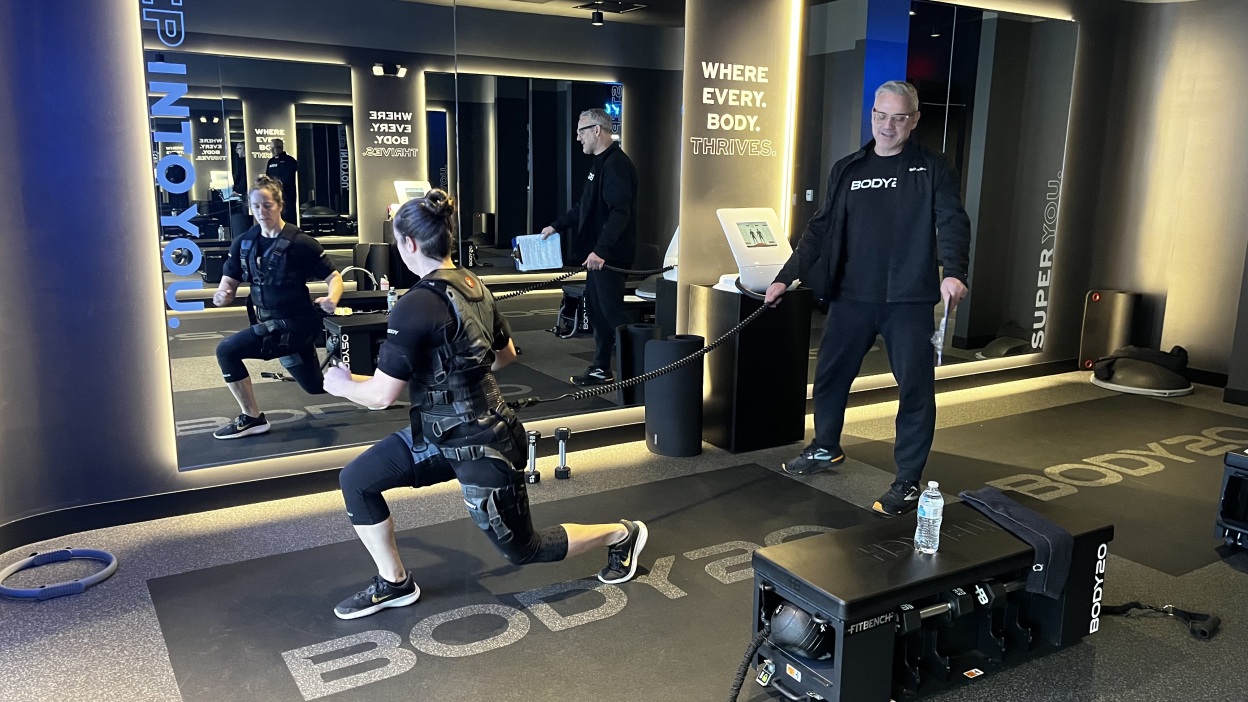When money is tight, it’s easy to feel trapped and helpless and hopeless. There’s no escaping it: You finally pay off a big bill, and the next one shows up in your mailbox. You turn to credit cards to stay afloat, but those bills pile up, too. And just when you think you’re in the clear — BOOM. The rent is due.
Don’t despair, though. That does you no good. Here are seven resources that can give you some relief when you feel like your wallet is stretched as far as it can go. Times are tough. If you’re in a bind, start by reaching out to 2-1-1, a confidential service that’s funded by the United Way…..Story continues…
By: Editorial Staff
Source: 7 Money-Saving Things to Do When Money is Tight | Woman’s World
.
Critics:
Short-term savings plan: Short-term savings plans have a timeline of zero to three years. For example, saving for a vacation or an event like a wedding. Medium-term savings plan: Medium-term savings plans have a duration of three to seven years. For example, saving for a down payment on a home.
The seven percent savings rule provides a simple yet powerful guideline—save seven percent of your gross income before any taxes or other deductions come out of your paycheck. Saving at this level can help you make continuous progress towards your financial goals through the inevitable ups and downs of life.
- Annual percentage yield.
- Fees and minimum balance requirements.
- Accessibility and convenience.
- FDIC or NCUA insurance.
- Customer service and reputation.
- Account features and restrictions.
- Introductory vs. ongoing rates.
- Interest payment frequency.
High-Yield Savings Account is one of the best types of savings accounts to maximize your money’s growth. Online banks often offer different types of high yield savings accounts to attract savers who want to earn a better interest rate than what is found at brick-and-mortar banks and credit unions.
By the time you reach your 40s, you’ll want to have around three times your annual salary saved for retirement. By age 50, you’ll want to have around six times your salary saved. If you’re behind on saving in your 40s and 50s, aim to pay down your debt to free up funds each month. You can grow your money in many ways — high-yield savings accounts, CDs, bonds, funds and stocks are all options.
The best investment for you depends on your risk tolerance, timeline and other factors.Saving £1,000 a month could have a substantial impact on your long-term financial wellbeing. At an average interest rate of 2.35%, saving £1,000 a month for 10 years would result in a total savings of around £134,215. It’s crucial to strike a balance between saving and meeting your current financial needs.
Invest the money yourself so it can grow and you can use it in the future for whatever your wants or needs might be. A balanced portfolio of stocks and bonds tends to get fairly consistent returns over the long run. For most people with fixed rate cash ISAs, we can’t promise everyone, but certainly enough of you very close to the end of it should be ditching them, paying the penalty, and putting them [the money] in somewhere that pays more at the moment.
Upon receiving a large sum of money, the immediate question is where to store it to earn interest or get a good return on your investment. A savings account is a common choice, offering a secure place to keep your money while earning a decent rate. Taking into account the Personal Savings Allowance: If you’re a basic rate taxpayer, you’d be taxed on £500 at 20%. So, in a year you’d pay £100.
If you’re a higher rate taxpayer, you’d be taxed on £1,000 at 40%. In a given year, for instance, it is much closer to 50/50 whether a lump sum at the start works out better than splitting it up over the twelve months, and you stand to be better off with monthly investments if the market falls in the shorter term. Whether a Cash ISA or a standard savings account is best for you will depend on your circumstances.
People often choose to invest in ISAs for long-term larger investments and use other savings accounts for smaller short-term savings. However, you should make the decision based on your unique needs and budget. Why 20 percent is a good goal for many people. There are various rules of thumb that relate to savings, whether it’s retirement or emergency savings, but a general consensus is to set aside between 10 percent and 20 percent of your income each month for savings.
So, regardless of any other factors, you generally shouldn’t keep more than $250,000 in any insured deposit account. After all, if you have money in the account that’s over this limit, it’s typically uninsured. Take advantage of what a high-yield savings account can offer you now.






Leave a Reply